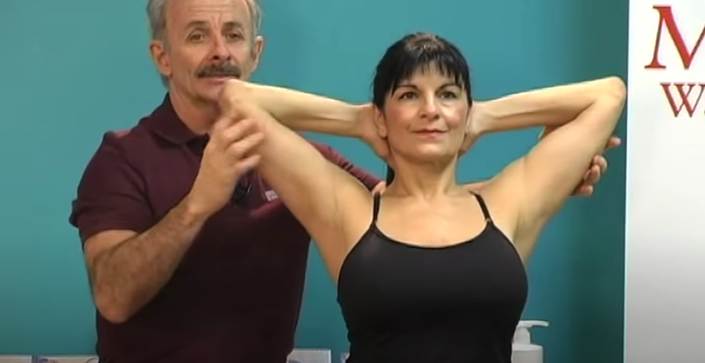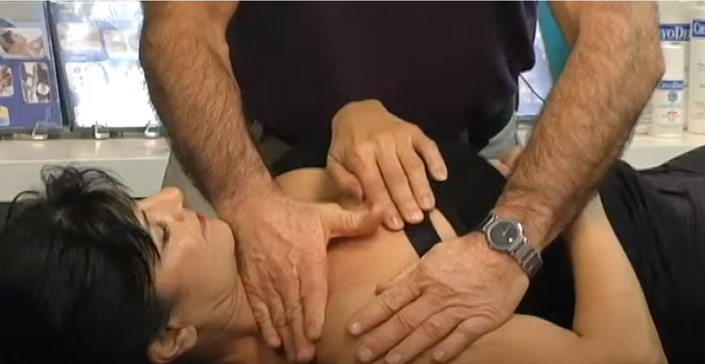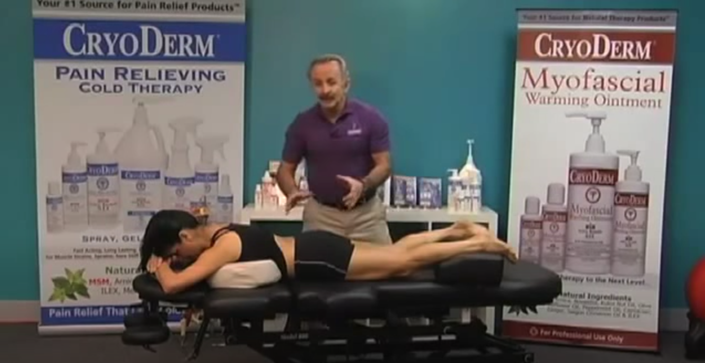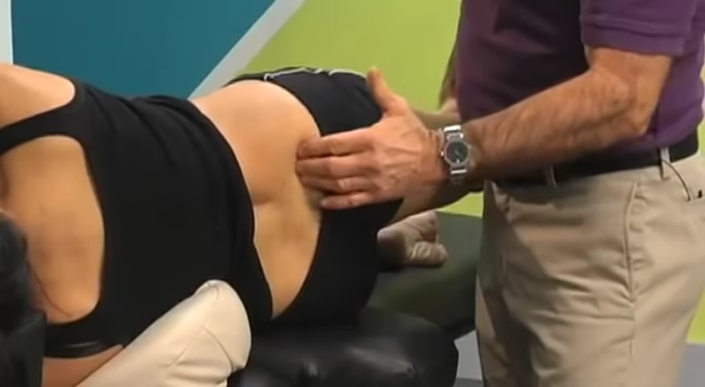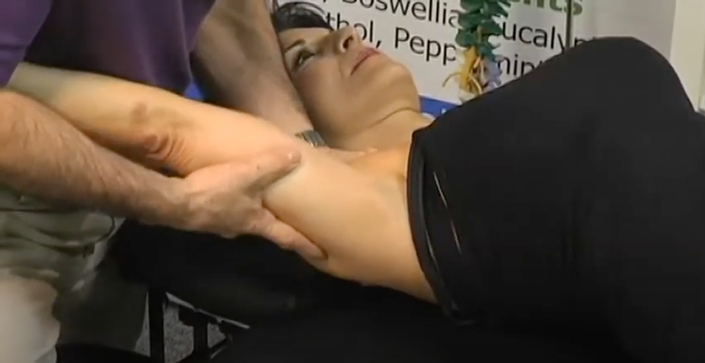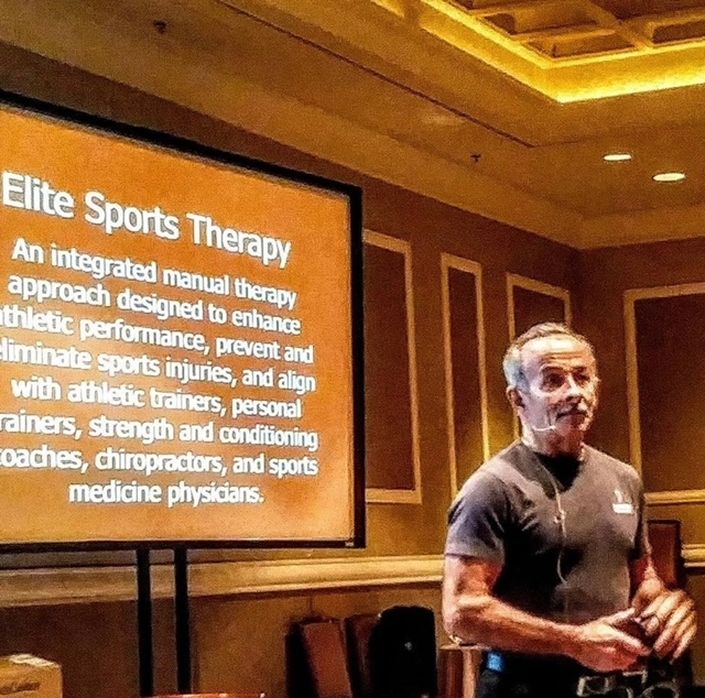
Kinetic Chain Patterns for Complicated Knee Conditions Part 2
Manual Therapists will thoroughly understand why over 90% of knee pain comes from the foot and hip. Thorough Gait Analysis, Functional Movement Screening, and thorough Orthopedic Assessment, this seminar will show therapists how a high arch or flat foot will cause the loss of the regular stirrup spring system. Therapists will understand the biomechanics of both open and closed chain kinetic foot strike. This ascending syndrome can cause multiple variations in tibial and sacral torsion patterns and can ascend into roto-scoliosis of the lumbar spine and compensatory scoliosis and kyphosis of the thoracic spine, locking down the O.A. joint in the neck. Therapists will assess and treat the following complicated knee conditions: tibial torsions; A.C.L., P.C.L., MCL, and L.C.L. injuries; meniscus tears; I.T. band pain; patellar tendinosis; pes anserinus tendinosis; bursitis; patellar tracking; stuck fibular head pain; fibular and tibial nerve pain; excess supination and over-pronation of the foot; compensatory O.A. joint fixations and sacral torsions; distal hamstring and plantar strains; and popliteal pain. Therapists will also learn to assess total body joint and muscle lesions. Based on new research, therapists will know why vacu-therapies (cupping) must replace foam rollers for I.T. band release, rectus femoris release, and releasing the retinaculum of the knee. Pre-recorded Zoom Classes.
Enjoy, James Waslaski
NCBTMB Provider #049978-0
Example Curriculum

